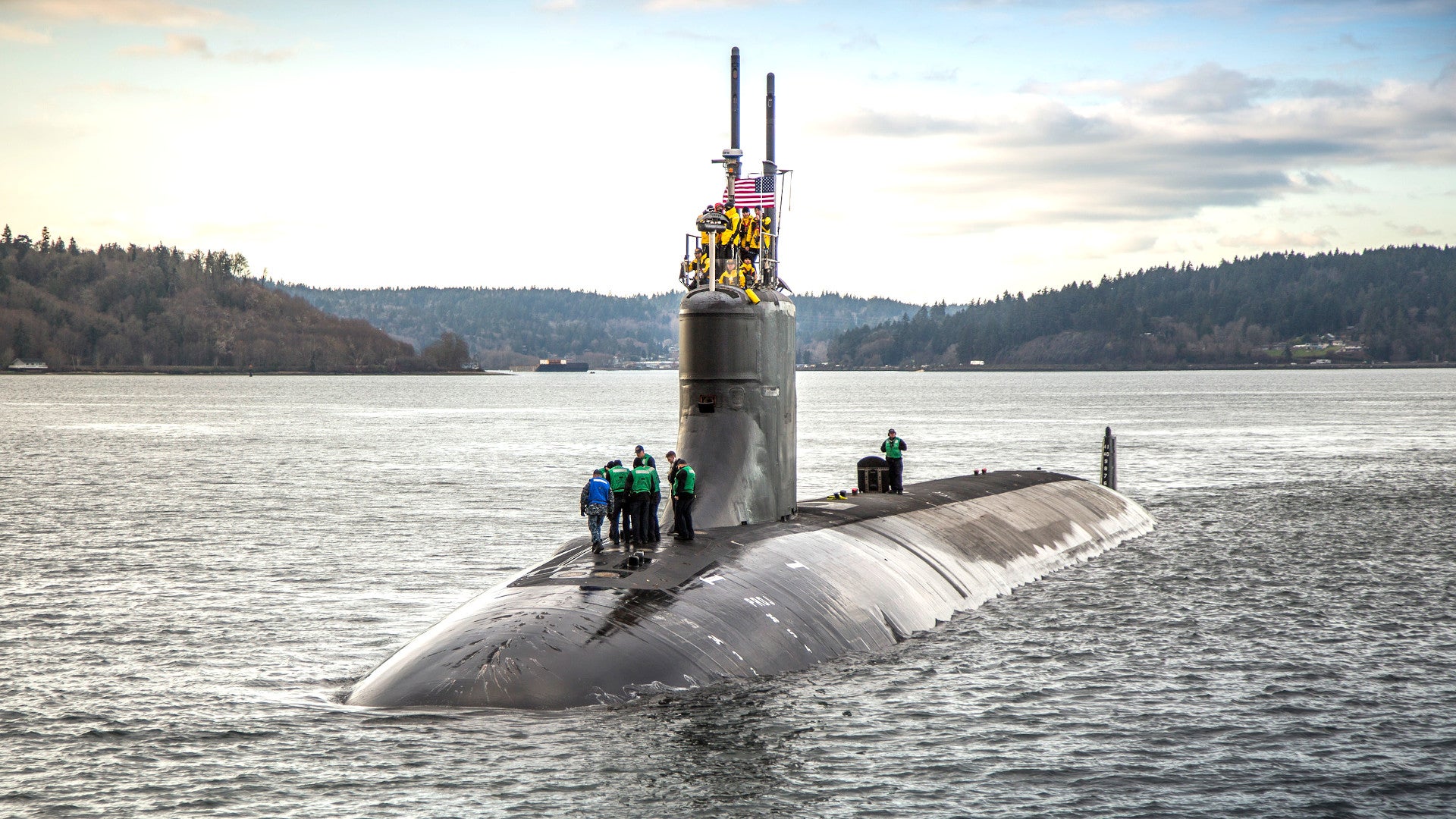One of the U.S. Navy’s most advanced and secretive submarines is battling an unusual foe: bed bugs. The service has downplayed the situation onboard the Seawolf class USS Connecticut, which is presently pier-side at its homeport in Washington State. However, sailors have told multiple outlets that they believe the situation is more serious than is being acknowledged and has been for around a year now.
Navy Times’ Geoff Ziezulewicz was first to report on the situation, and obtain pictures reportedly showing dead bed bugs caught on USS Connecticut. The Navy has confirmed that the insects have been a recent issue for the submarine, though it’s unclear if the service is of the view that there is still an active infestation. No details have been given yet about how the bugs made their way into “perforated bulkheads between bunks” onboard in the first place. It’s also not clear when the boat’s last deployment wrapped up and when it returned to Naval Base Kitsap-Bremerton. There are no indications, as of yet, that any continued presence of the insects has prevented it from leaving port for any scheduled deployments or other activities.
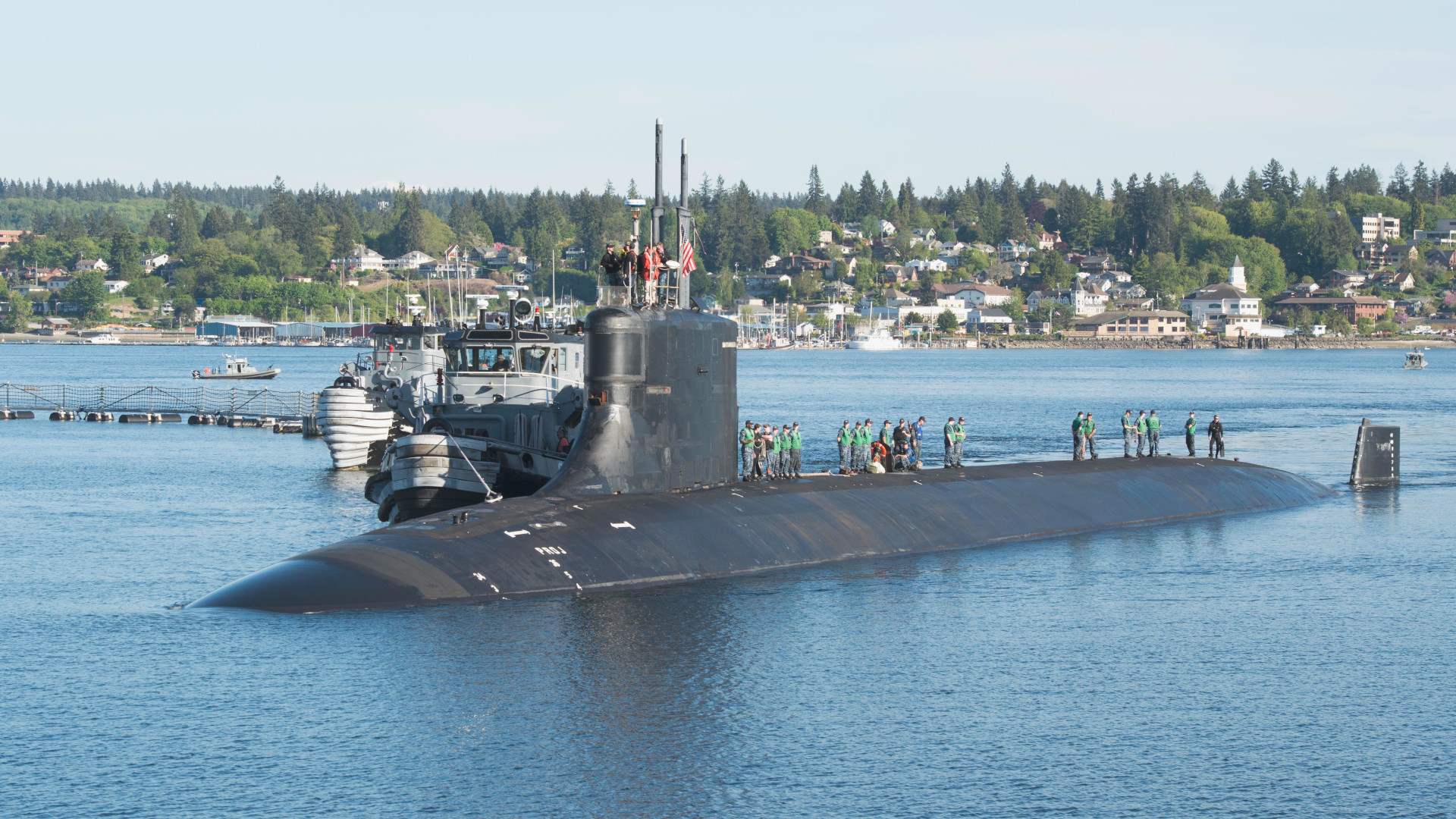
Bed bugs are blood-sucking parasites and their bites can cause skin irritations, similar, broadly, to those from other insects, such as mosquitos. “Bite responses can range from an absence of any physical signs of the bite, to a small bite mark, to a serious allergic reaction,” according to the U.S. Centers for Disease Control and Prevention. “Bed bugs are not considered to be dangerous; however, an allergic reaction to several bites may need medical attention.”
Connecticut is one of just three Seawolf class boats, which the Navy officially categorizes as attack submarines. The others are the USS Seawolf and the USS Jimmy Carter. The service’s post-Cold War abandonment of plans to acquire 29 of these submarines, in total, subsequently led to their assignment to an ostensibly developmental unit, but which is also responsible for carrying out other specialized missions.
The Seawolfs, which you can read about in more detail in this past War Zone piece, are known for being especially quiet, being able to cruise for very long periods of time, including under the ice in the Arctic region. Jimmy Carter is even more secretive than its sisters and represents the lone member of a unique subclass, having gained a 100-foot long extension known as the Multi-Mission Platform (MMP), and is understood to be specially equipped to carry out undersea espionage missions involving the inspection, manipulation, and even recovery of items of interest from the ocean floor.
“The Navy takes the safety and health of its sailors very seriously,” Navy Commander Cynthia Fields, a spokesperson for Commander, Submarine Force, U.S. Pacific Fleet, or COMSUBPAC, told Navy Times. Daily inspections of berthing areas onboard, to include searches of mattresses for bed bugs, are ongoing and Navy entomologists “have employed authorized countermeasures, and certify that all feasible measures have been taken to control bed bugs,” she added.
“After two applications of Navy approved pesticide sprays, and application of a long-acting diatomaceous dust…entomologists recommended repopulation of berthing [spaces],” she added. “All appropriate countermeasures have been taken with plans firmly in place to address further breakouts underway if they occur.”
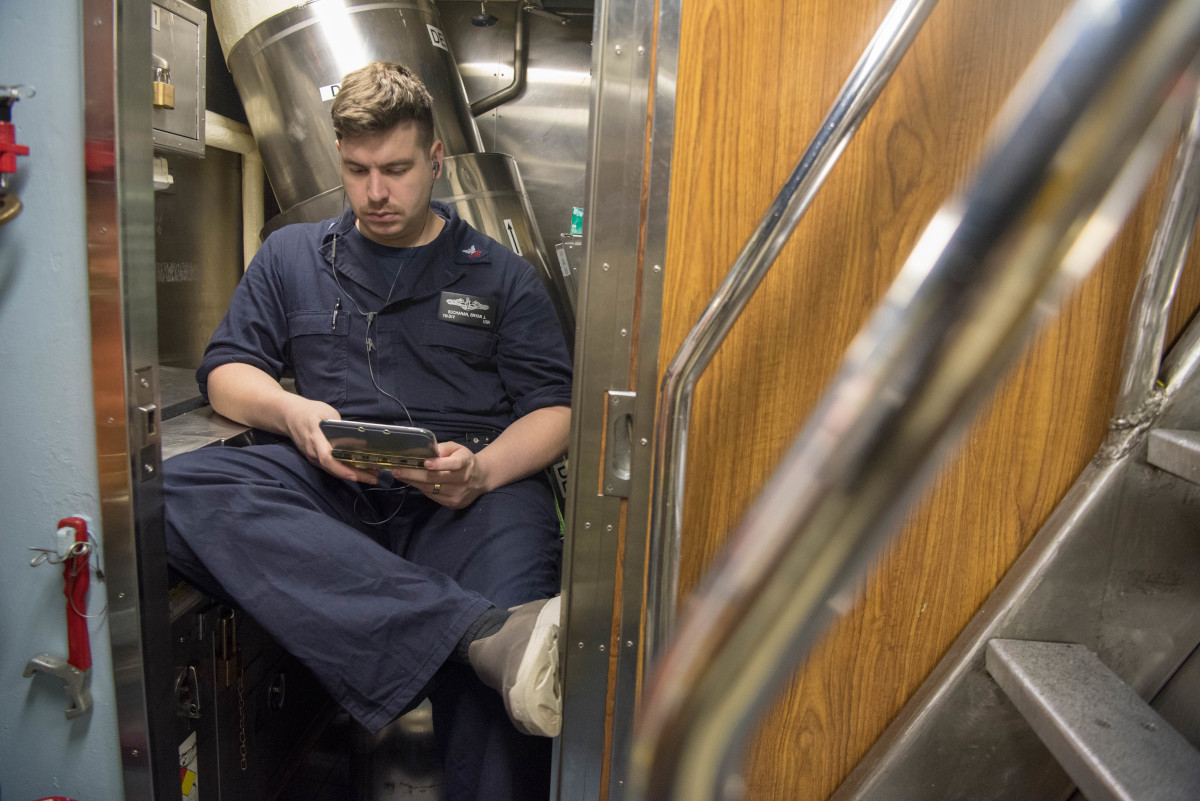
Some sailors who have spoken on the condition of anonymity to Navy Times, as well as the local Kitsap Sun newspaper, clearly feel that the situation has not been resolved and that Navy leadership has been slow to act. They allege that the USS Connecticut‘s berthing areas have been full of bed bugs since at least March 2020, when the submarine deployed to the Arctic region in support of Ice Exercise 2020 (ICEX 2020).
“We’ve had bed bugs for a year now,” one petty officer told Navy Times. “Sailors complained about getting bitten in the racks.”
“People are terrified of getting bit,” they added.
“People were getting eaten alive in their racks,” another petty officer told that outlet.
“The best way to put it would probably be ‘employee abuse,’ but that’s not really a thing in the Navy, I guess,” a third petty officer said.
Sailors reportedly slept in chairs, on the floor, or in other spaces on the boat, such as the crew’s mess, to avoid being bitten while the boat was on deployment. Submarines require sailors to live and work in very confined environments, in general, so there was almost certainly limited alternative options for spaces to sleep in. “Some people were sleeping on metal diamond decking because they didn’t want to sleep in the racks,” a petty officer said.
After Connecticut returned home, a temporary structure full of cots was initially provided as a sleeping area for personnel still on duty on the boat to get away from the bugs, but there have been complaints that this was, at best, inadequate. “There’s not nearly enough racks for an entire duty section, so people have also put up hammocks to sleep,” one petty officer told Navy Times.
The crew members who spoke out do seem to generally acknowledge the limited options available to respond to the bed bugs while the submarine was on deployment, but they have questioned the response since the boat returned home. They also still raised concerns about the potentially serious impacts the situation could have had on their performance at sea. “If someone’s sleep-deprived because they’re in the rack getting eaten alive by bed bugs, he could fall asleep at (the controls) and run us into an underwater mountain,” a petty officer noted.
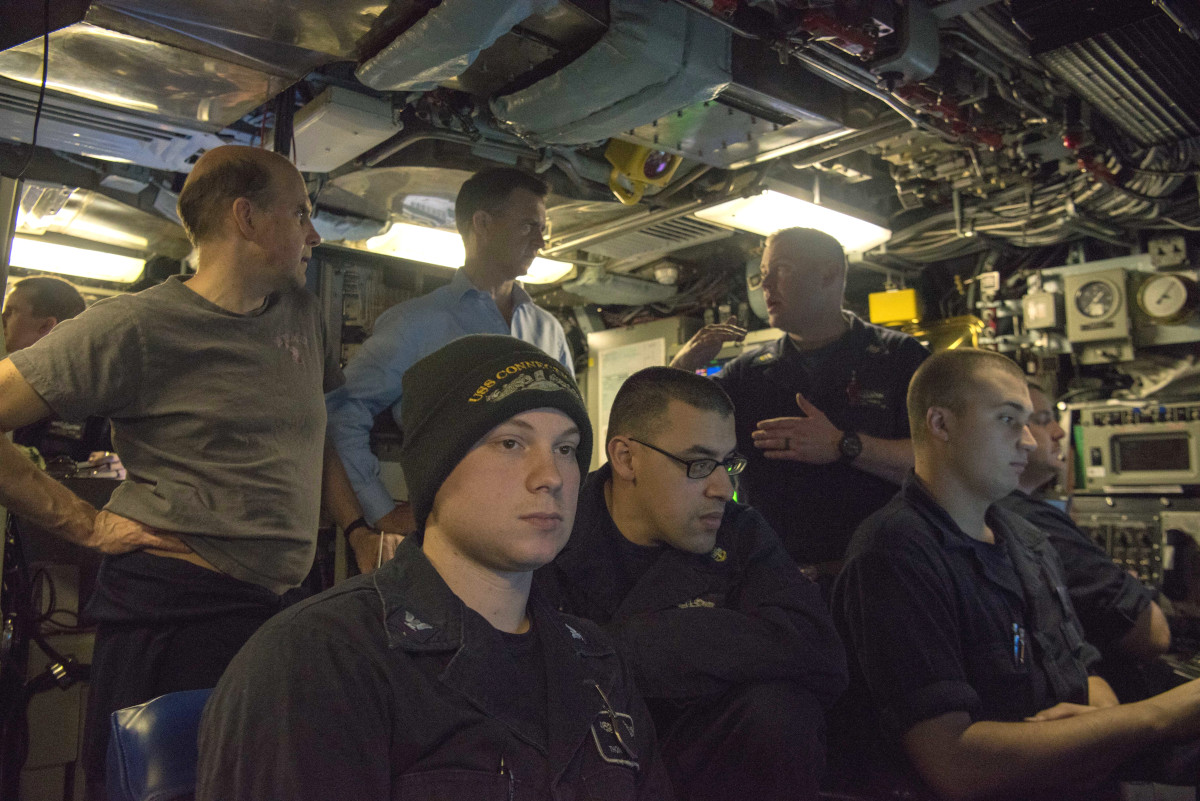
The Navy has disputed a number of these allegations, saying that the first official reports of bed bugs on the submarine were only made in December 2020 and actual evidence of the presence of the bugs did not emerge until February 2021. None of the members of USS Connecticut‘s crew had any “significant skin reaction to the insects,” Commander Fields, the COMSUBPAC spokesperson, told the Kitsap Sun.
Sailors say this is due to the fact that Navy regulations require physical evidence of bed bugs before action can be taken and that this had proved difficult to obtain. Fully grown bed bugs are typically only between four and five millimeters long and “their flattened bodies enable them to fit into tiny crevices no wider than a toothpick,” according to an explainer from the University of Kentucky’s Entomology Department. Navy Times says that members of the crew told the outlet that efforts were taken to try to seal off various areas of the submarine, but proved unable to stop the spread of the bugs.
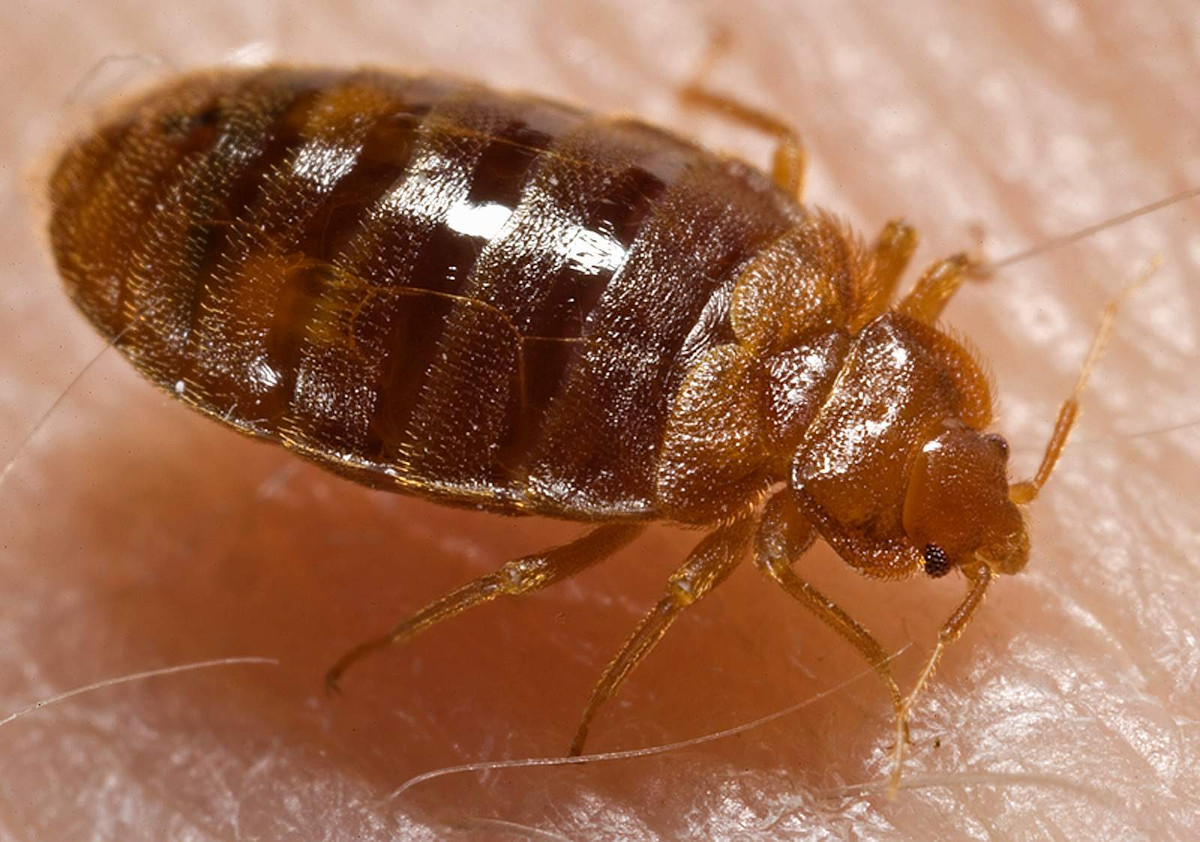
Members of Connecticut‘s crew also said that their superiors seemed aggressively opposed to the idea that initial efforts to rid the boat of the insects during an earlier month-long stand-down period by steam cleaning and otherwise sanitizing the berthing spaces had been ineffective. “Our senior leadership said, ‘if we clean and sanitize all these, and someone points out bed bugs, they are fucking lying,'” one petty officer explained to Navy Times.
Enlisted sailors assigned to the submarine told Navy Times they felt as if they were now being used as bait to check whether the latest efforts to get rid of the bed bugs have been successful. “They’re using us as live bait…to see if (the bed bugs) are still there,” a petty officer declared. “The upper chain of command isn’t going to sleep in those racks. They’re going to make the lower enlisted do it.”
There are also concerns that sailors could now bring bed bugs back to their personal residences. “They have to pay for fumigators and their families will suffer,” one petty officer warned, though there’s no indication that there been any such spread of the insects, so far.
Whatever the exact details might be, the bed bug situation onboard USS Connecticut is just the last in a series of morale and other readiness issues that the Navy has been hit with in recent years, especially among the crews of its submarines and warships. This has only been exacerbated by the COVID-19 pandemic, which has led to ships remaining at sea without port visits for longer than usual periods of time. Submarines already typically remain sea for longer periods than surface ships.
The most notable recent scandal, by far, was the COVID-19 outbreak on the Nimitz class aircraft carrier USS Theodore Roosevelt last year. That incident turned into a political firestorm after the firing of that ship’s commanding officer, Captain Brett Crozier, following the leaking of a letter he had written warning about the severity of the situation, and ultimately led to the resignation of then-Acting Secretary of the Navy Thomas Modly. Task & Purpose recently obtained a tranche of Emails that provided further insight into that debacle via a Freedom of Information Act (FOIA) lawsuit.
How the matter of the bed bug infestation aboard USS Connecticut is finally resolved for good remains to be seen.
Contact the author: joe@thedrive.com
